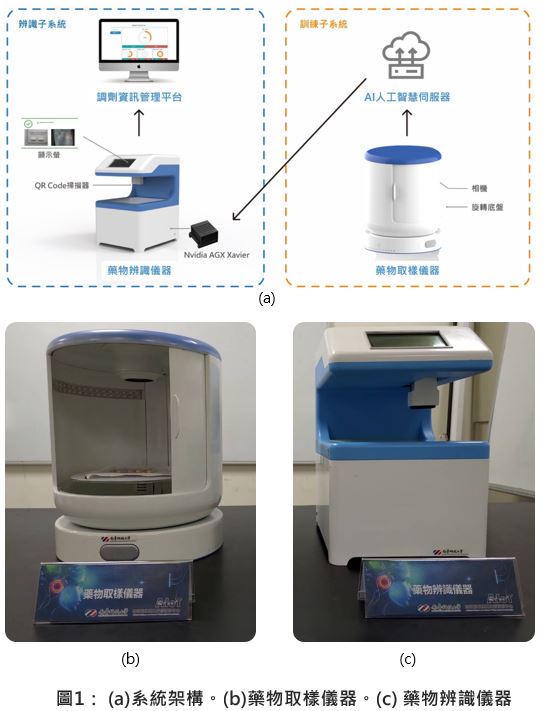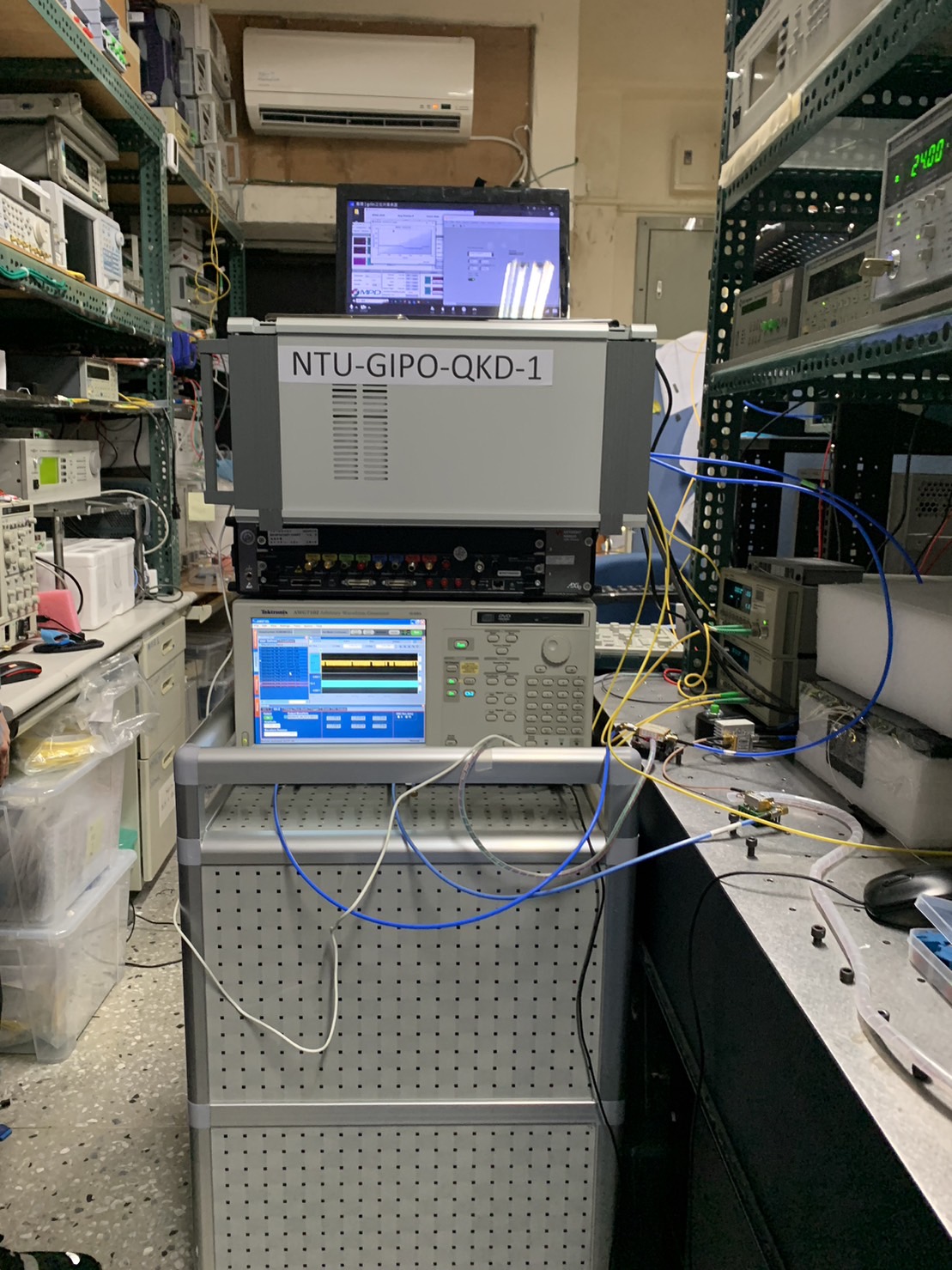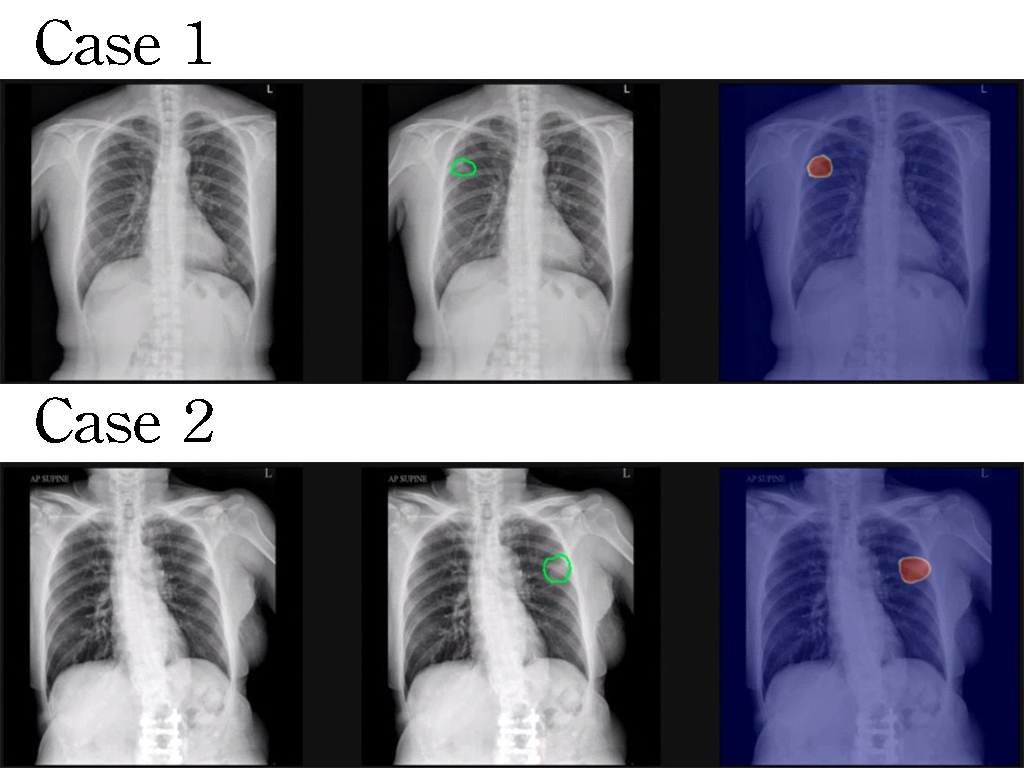| Technical Name | Intelligent Mobile Platform for Greenhouse Gas Monitoring in Surface Waters | ||
|---|---|---|---|
| Project Operator | National Cheng Kung University | ||
| Project Host | 林財富 | ||
| Summary | An intelligent unmanned platform was developed to autonomously monitor GHG emissions from surface waters. Integrating an autonomous vessel, floating chamber, and cloud-based flux analysis, the system enables efficient, high-resolution, multi-site GHG measurements. Compared to traditional methods, it offers fivefold efficiency, modular flexibility, and real-time data visualization. Field-tested across various water bodies, it serves as a practical tool for carbon inventory and management. |
||
| Scientific Breakthrough | We developed a Mobile Floating Chamber System that integrates an unmanned vessel, automated chamber, and cloud-based analysis for autonomous GHG monitoring. The system conducts multi-site methane and CO₂ flux measurements using GPS, AI imaging, and water quality sensors. Data are processed in real time to generate flux values and heatmaps, supporting high-resolution, low-labor carbon accounting in inland waters. |
||
| Industrial Applicability | The market potential for this mobile GHG monitoring platform is strong. In Taiwan, with 95+ reservoirs, 600 flood detention basins, 3,000+ km of rivers, and numerous ponds and wetlands, demand for carbon flux monitoring is growing. Commercialization can occur via direct sales (NT$100 million for 50–100 units) or service models (NT$2 million/year-unit). With few global equivalents, it has strong export potential, especially in regions targeting carbon neutrality and nature-based inventories. |
||
| Keyword | Autonomous navigation Carbon emission flux Carbon management Cloud computing Floating chamber Greenhouse gases (GHGs) Natural water bodies Net-zero technology Unmanned surface vehicle (USV) Water quality monitoring | ||
- Contact
- Wu, Ruei-Long
- ray40316@gmail.com
other people also saw

The development of bioconcrete with photocatalytic, hydrophobic, antivi ral and antibacterial functions using microbial induced precipitation













